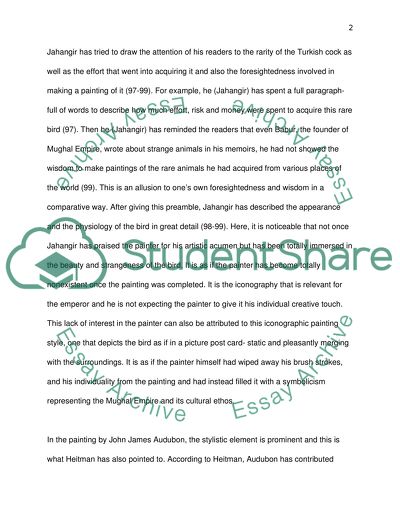Cite this document
(“Mughal miniature: Turkey cock one of the first depiction painted by Essay”, n.d.)
Retrieved from https://studentshare.org/visual-arts-film-studies/1437250-mughal-miniature-turkey-cock-one-of-the-first
Retrieved from https://studentshare.org/visual-arts-film-studies/1437250-mughal-miniature-turkey-cock-one-of-the-first
(Mughal Miniature: Turkey Cock One of the First Depiction Painted by Essay)
https://studentshare.org/visual-arts-film-studies/1437250-mughal-miniature-turkey-cock-one-of-the-first.
https://studentshare.org/visual-arts-film-studies/1437250-mughal-miniature-turkey-cock-one-of-the-first.
“Mughal Miniature: Turkey Cock One of the First Depiction Painted by Essay”, n.d. https://studentshare.org/visual-arts-film-studies/1437250-mughal-miniature-turkey-cock-one-of-the-first.


